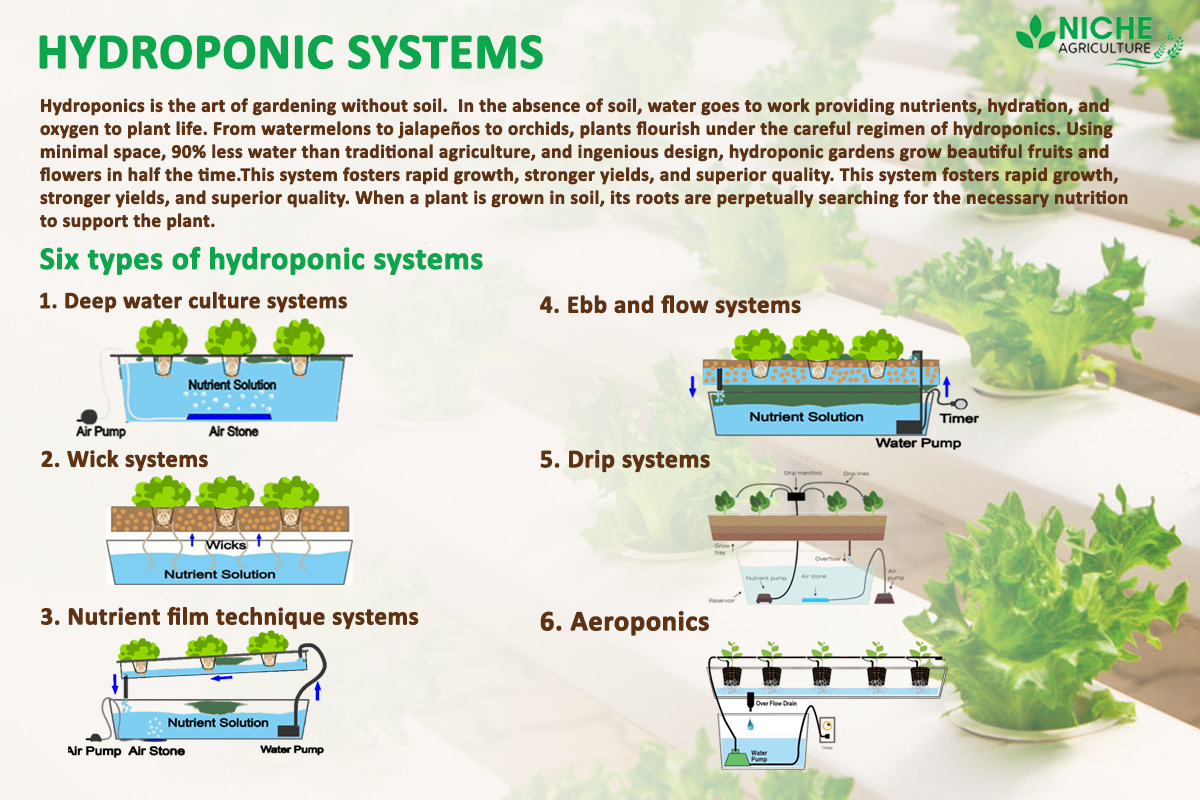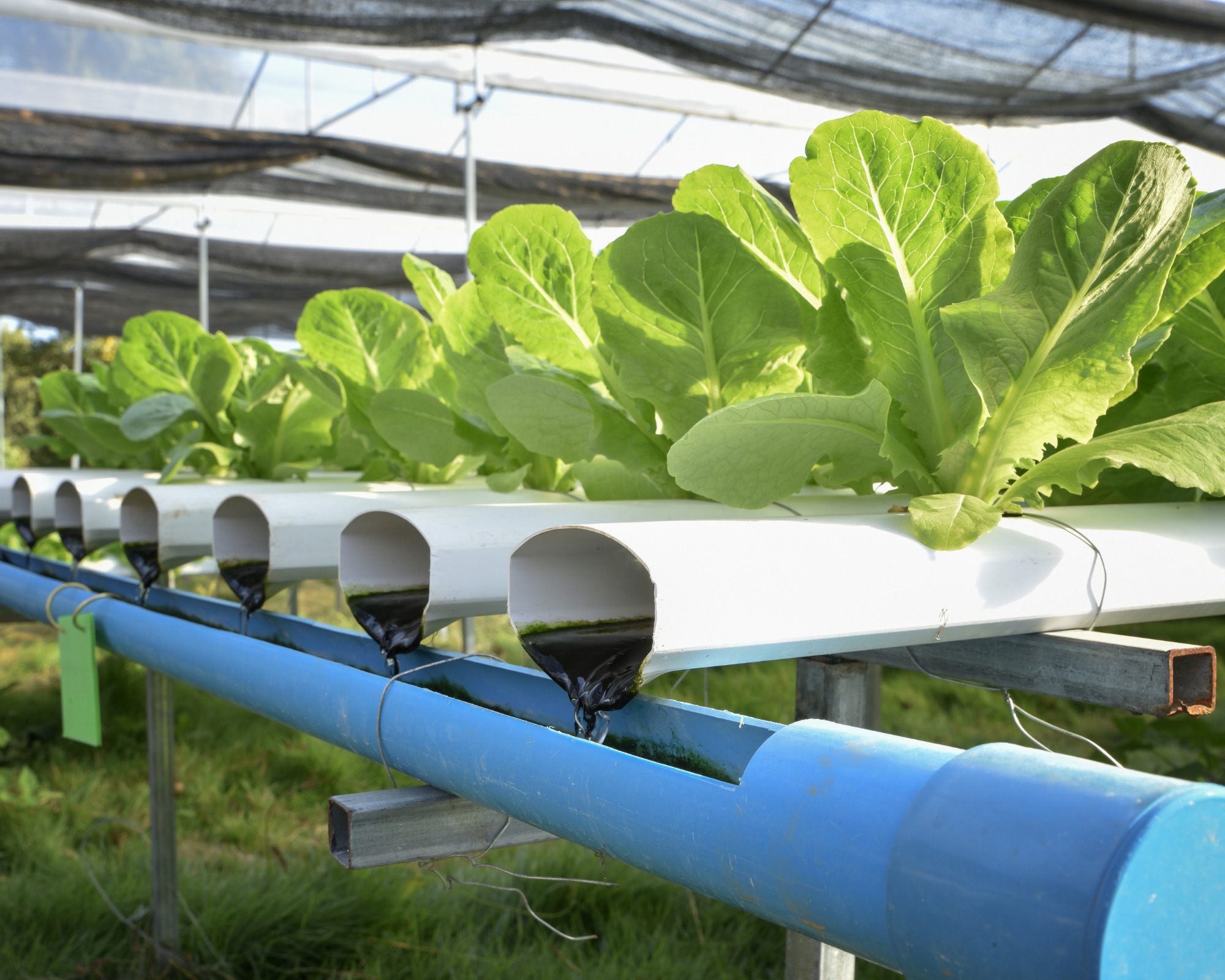Embark on a journey into the fascinating world of hydroponics economics, where we explore the financial aspects of growing plants in a controlled environment. From setup costs to operating expenses, crop yields to market demand, this comprehensive guide will provide you with a thorough understanding of the economics behind this innovative farming technique.
Uncover the intricacies of hydroponics economics and gain insights into the factors that influence profitability, sustainability, and growth potential in this dynamic industry.
Hydroponics Setup Costs
Setting up a hydroponics system requires an initial investment in materials, equipment, and labor. The cost will vary depending on the size and complexity of the system. However, there is potential for significant cost savings over time.
One of the great things about hydroponics is that it can be scaled up or down to fit your needs and budget. If you’re just starting out, you can build your own simple system using materials you can find around the house.
Or, if you’re looking to produce food on a larger scale, you can invest in a more elaborate system. Building your own aquaculture tank can also be a great way to save money on food costs and reduce your environmental impact.
And, because hydroponics systems are so efficient, you can grow food even in small spaces, making it a great option for urban dwellers.
Materials
- Growing containers (e.g., grow beds, nutrient film technique (NFT) channels)
- Growing medium (e.g., rockwool, clay pebbles, perlite)
- Nutrient solution
- Water pump
- pH and electrical conductivity (EC) meters
- Lighting (e.g., LED grow lights, fluorescent lights)
Equipment
- Hydroponic system (e.g., deep water culture (DWC), NFT)
- Reservoir
- Timer
- Fans
- Heater/cooler (optional)
Labor
- System assembly
- Plant care (e.g., watering, feeding, pruning)
- Monitoring and maintenance
The initial investment in a hydroponics system can be substantial, but the potential for cost savings over time is significant. Hydroponic systems are more efficient than traditional soil-based growing methods, which means that they require less water, fertilizer, and labor.
Additionally, hydroponic systems can be used to grow crops year-round, which can lead to increased yields and profits.
Hydroponics Operating Expenses

Hydroponics systems require ongoing expenses to maintain optimal growth conditions and productivity. These expenses can include utilities, nutrients, and maintenance costs. Understanding and managing these costs is crucial for the financial viability of a hydroponics operation.
Utilities, Hydroponics economics
Utilities are a significant operating expense for hydroponics systems. They include:
- Electricity:Pumps, lighting, and environmental control systems consume electricity.
- Water:Hydroponics systems require a constant supply of clean water.
- Heating/Cooling:Depending on the climate, heating or cooling may be necessary to maintain optimal temperatures.
Nutrients
Plants require essential nutrients for growth and development. These nutrients are typically provided through nutrient solutions added to the hydroponic system. The cost of nutrients varies depending on the type of system and the size of the operation.
Maintenance
Hydroponics systems require regular maintenance to ensure optimal performance. This includes:
- Cleaning and sterilization:To prevent disease and contamination, the system must be cleaned and sterilized regularly.
- Equipment repairs:Pumps, lights, and other equipment may require repairs or replacement over time.
- Monitoring and troubleshooting:Regular monitoring and troubleshooting are essential to identify and address any issues that may arise.
Strategies for Minimizing Operating Costs
There are several strategies to minimize operating costs in hydroponics systems:
- Energy efficiency:Use energy-efficient pumps, lighting, and environmental control systems.
- Water conservation:Implement water conservation measures, such as rainwater harvesting and recirculating systems.
- Nutrient optimization:Optimize nutrient solutions to provide the necessary nutrients without excess.
- Preventive maintenance:Regular maintenance can prevent costly repairs and system downtime.
- Bulk purchasing:Purchasing nutrients and supplies in bulk can reduce costs.
By carefully managing operating expenses, hydroponics growers can ensure the financial sustainability of their operations while maintaining optimal plant growth and productivity.
Hydroponics Crop Yield: Hydroponics Economics

Hydroponic systems offer controlled environments for plant growth, influencing crop yield through various factors such as nutrient availability, light intensity, temperature, and water quality.
Factors Influencing Crop Yield
- Nutrient availability:Hydroponic systems provide a precise nutrient solution, ensuring optimal nutrient uptake for plant growth.
- Light intensity:Plants require specific light levels for photosynthesis. Providing adequate lighting is crucial for maximizing yields.
- Temperature:Optimal temperature ranges vary for different crops. Maintaining stable temperatures promotes healthy plant growth.
- Water quality:The purity and pH level of water can impact nutrient absorption and plant health, affecting yields.
Typical Yields for Different Crops
Yields vary depending on crop type, cultivation techniques, and environmental conditions. Here are some approximate yield ranges:
- Lettuce:12-18 heads per square meter
- Strawberries:2-3 pounds per plant
- Tomatoes:10-15 pounds per plant
- Cucumbers:6-10 pounds per plant
Potential for Increasing Yields through Optimization Techniques
Optimizing hydroponic systems can significantly increase yields. Techniques include:
- Nutrient optimization:Monitoring and adjusting nutrient levels to meet plant requirements.
- Lighting optimization:Utilizing high-efficiency lighting systems and adjusting light intensity and duration.
- Temperature control:Maintaining optimal temperature ranges using heating or cooling systems.
- Water management:Ensuring proper water quality, pH levels, and irrigation schedules.
- Pest and disease control:Implementing preventive measures and monitoring for early detection and treatment.
Hydroponics Market Demand
Hydroponics has gained significant traction in recent years due to its ability to produce high-quality crops in controlled environments. This has led to a growing demand for hydroponically grown produce in various market segments.
Key Market Segments
The key market segments for hydroponically grown produce include:
- Retailers:Supermarkets, grocery stores, and farmers’ markets are increasingly offering hydroponically grown produce to meet consumer demand for fresh, locally sourced, and sustainable products.
- Restaurants:Chefs and restaurateurs are embracing hydroponically grown produce for its consistent quality, freshness, and year-round availability.
- Consumers:Health-conscious consumers are increasingly seeking out hydroponically grown produce for its nutritional value and perceived freshness.
Potential for Growth
The global hydroponics market is projected to experience significant growth in the coming years. This growth is driven by factors such as:
- Increasing population:The growing global population is putting a strain on traditional agricultural systems, making hydroponics an attractive alternative for producing food.
- Urbanization:As more people move to urban areas, the demand for locally grown produce increases, which hydroponics can meet.
- Climate change:Hydroponics offers a controlled environment that can mitigate the effects of climate change on crop production.
With its ability to address these challenges, hydroponics is poised to play an increasingly important role in the future of food production.
Hydroponics Profitability
Evaluating the financial viability of a hydroponics operation requires a comprehensive financial model that considers various factors influencing profitability. These factors include crop yield, operating costs, and market demand.
The financial model should incorporate assumptions and projections for each of these factors to generate a range of profitability scenarios. These scenarios can then be used to assess the potential profitability of a hydroponics operation under different conditions.
Crop Yield
Crop yield is a crucial factor in determining the profitability of a hydroponics operation. The model should incorporate historical yield data, environmental conditions, and crop management practices to estimate the expected yield for different crops.
- Historical yield data can provide insights into the average yield and variability for different crops under specific growing conditions.
- Environmental conditions, such as temperature, humidity, and light intensity, can significantly impact crop yield and should be considered in the model.
- Crop management practices, including nutrient management, irrigation schedules, and pest control, can influence yield and should be optimized to maximize productivity.
Last Word

As we conclude our exploration of hydroponics economics, it is evident that this innovative farming method presents both challenges and opportunities. By carefully considering the setup costs, operating expenses, crop yields, market demand, and profitability, growers can make informed decisions to optimize their operations and maximize their success in this rapidly growing industry.
Detailed FAQs
What are the major factors that influence the profitability of a hydroponics operation?
Crop yield, operating costs, and market demand are the key factors that determine the profitability of a hydroponics operation.
How can I minimize the operating costs of a hydroponics system?
Optimizing energy consumption, implementing water conservation techniques, and negotiating favorable prices for nutrients and supplies can help reduce operating costs.
What are the potential growth opportunities in the hydroponics industry?
The growing demand for locally grown, sustainable produce, coupled with advancements in technology and research, presents significant growth opportunities for the hydroponics industry.
